In order to draw a limit to thinking, we should have to think both sides of this limit

In order to draw a limit to thinking, we should have to think both sides of this limit
Ludwig Wittgenstein, a renowned Austrian-British philosopher, is often considered one of the most influential thinkers of the 20th century. His work has had a profound impact on various fields, including philosophy, logic, and language. One of Wittgenstein's key ideas is the concept of drawing limits to thinking, which he believed was essential for understanding the nature of language and thought.Wittgenstein argued that in order to draw a limit to thinking, one must first think both sides of this limit. This idea is central to his philosophy of language, which emphasizes the importance of understanding the limits of language in order to avoid philosophical confusion. Wittgenstein believed that language is inherently limited and that we must be aware of these limitations in order to think clearly and accurately.
For Wittgenstein, drawing limits to thinking involves recognizing the boundaries of language and understanding the ways in which language shapes our thoughts and perceptions. He believed that language is not simply a tool for communication, but also a framework that structures our understanding of the world. By thinking both sides of a limit, we can gain a deeper insight into the nature of language and thought, and avoid falling into the traps of philosophical confusion and misunderstanding.
Wittgenstein's ideas on drawing limits to thinking have had a lasting impact on the field of philosophy. His work has inspired countless scholars and thinkers to explore the boundaries of language and thought, and to consider the ways in which language shapes our understanding of the world. By thinking both sides of a limit, we can gain a more nuanced and sophisticated understanding of the nature of language and thought, and avoid the pitfalls of philosophical confusion and misunderstanding.
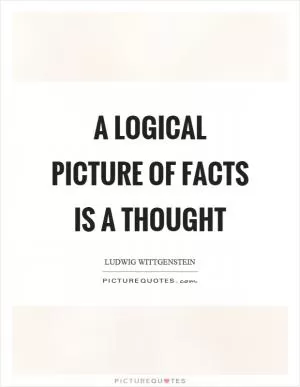
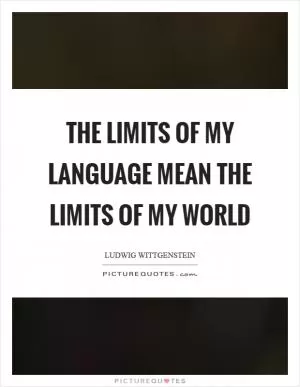
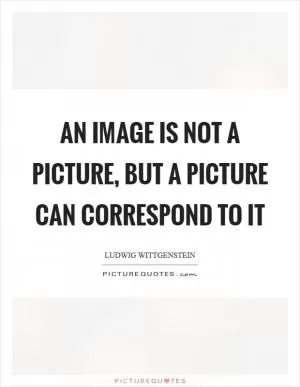
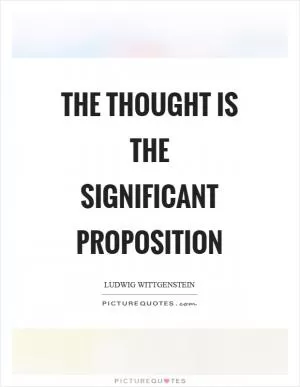

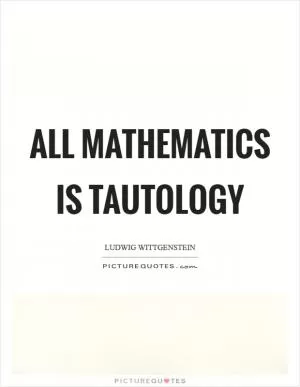

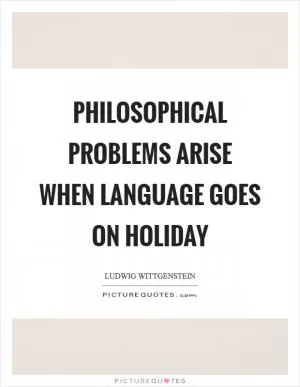
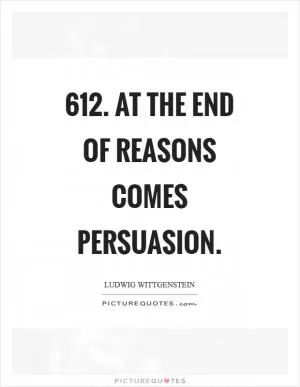
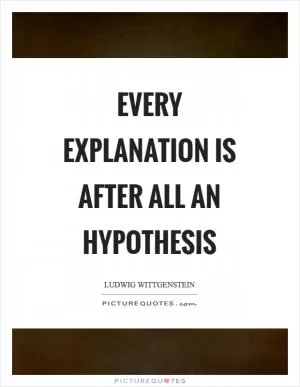
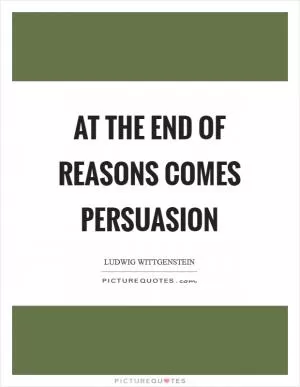
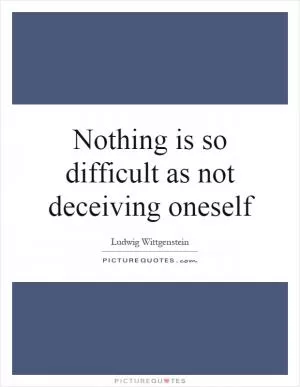
 Friendship Quotes
Friendship Quotes Love Quotes
Love Quotes Life Quotes
Life Quotes Funny Quotes
Funny Quotes Motivational Quotes
Motivational Quotes Inspirational Quotes
Inspirational Quotes